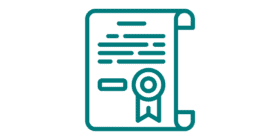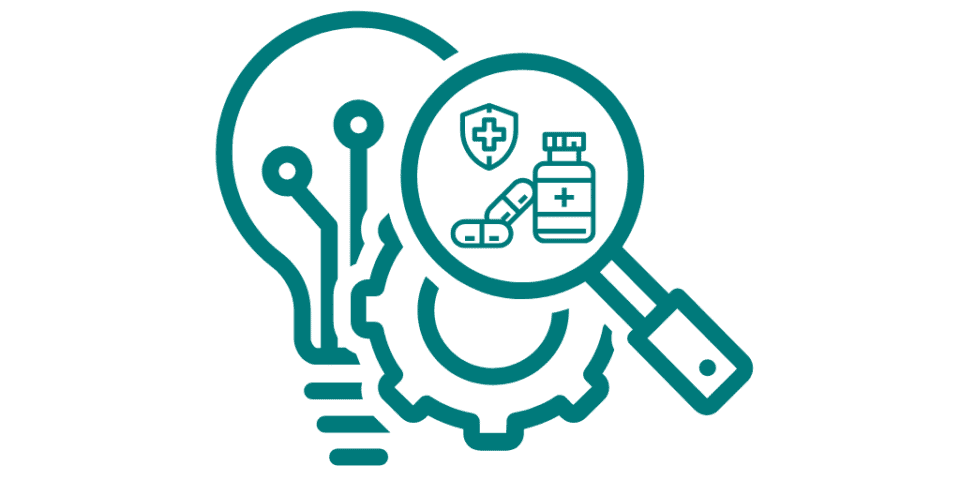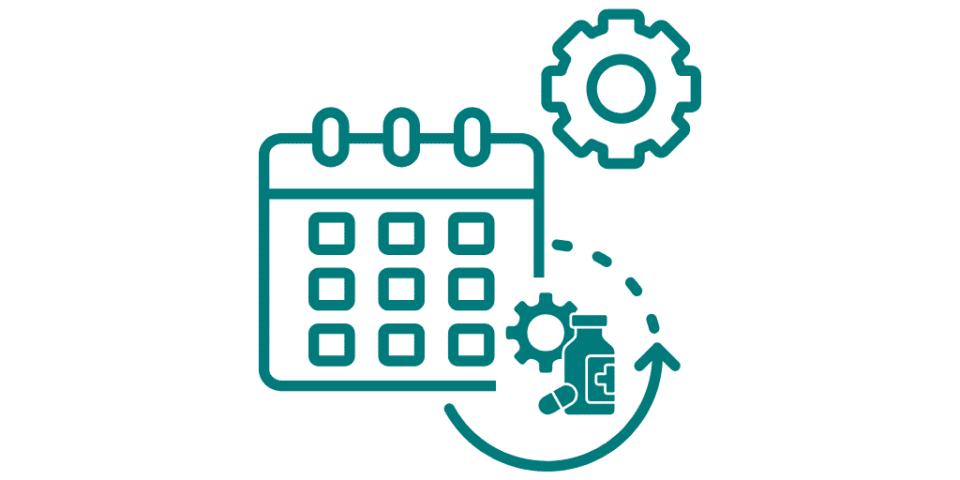Qualified person (QP) certification and declaration are distinct in their objectives within pharmaceutical and biotech industries. However, their similar names and overlapping functions can lead to confusion – particularly for those outside the EU/UK regulatory framework. Here’s a quick overview:
- QP certification guarantees that each batch of medicinal products is manufactured and tested according to stringent regulations, ensuring the products' safety, quality, and efficacy to protect public health.
- QP declaration confirms that APIs, for either human or veterinary medicinal products, comply with GMP and are fit for use. It can facilitate the import/export of investigational medicinal products within the EU and bolster the credibility and reliability of clinical trial data. The QP declaration should be based upon an audit of the active substance manufacturing. Good practices detail that this audit should be conducted at the manufacturing site, in other words as an on-site audit.
Together, these processes are essential for maintaining EU regulatory compliance, ensuring market access, and safeguarding patient safety. Let’s explore the interplay between these two distinctions.
QP Certification
QP certification is a mandatory process in which a QP confirms that each batch of a medicinal product has been manufactured in compliance with its approved marketing authorization or investigational medicinal product dossier (IMPD) – as applicable.
The primary responsibilities of a QP during the certification process – covered in Eudralex Volume 4 Annex 16 – include:
- Verification of Compliance: Ensuring the batch is manufactured according to the marketing authorization or IMPD specifications.
- Batch Release: Authorizing the release of the batch for commercial distribution or clinical trial use.
- Documentation: Maintaining records of batch production and quality control testing demonstrates compliance with GMP standards.
QP certification is essential for maintaining the integrity and safety of medicinal products. It can provide assurance that each batch released to the market adheres to regulatory requirements and quality standards.
QP Declaration
A QP declaration, by contrast, is a personal statement made by the QP. It assesses the manufacturing sites involved in producing active pharmaceutical ingredients (APIs) or intermediates of medicinal products. This declaration asserts that the manufacturing sites operate at standards at least equivalent to EU GMP, and is a requirement as part of the product registration.
Key aspects of a QP Declaration include:
- Site Compliance Assessment: Evaluating the manufacturing sites via a physical audit to ensure compliance with EU GMP standards. A technical agreement needs to be in place if this isn’t conducted by a QP.
- Marketing Authorization Application (MAA): Including the declaration as part of the MAA process in Europe, which is crucial for gaining regulatory approval for the product.
- Focus on APIs or Intermediates: Emphasizing the compliance of sites involved in the production of APIs. These are critical components of the final medicinal product.
The QP Declaration is particularly important when an API or intermediate site does not have EU GMP certification. It ensures they meet the stringent GMP standards required by EU regulations. This declaration helps maintain the quality and safety of APIs and other components sourced from different regions.
Key Differences
Despite involving the expertise of a Qualified Person, QP Certification and QP Declaration serve different purposes. They are distinct in several key ways:
Purpose
- QP Certification: Focuses on the batch-specific compliance and release of medicinal products.
- QP Declaration: Assesses and declares the compliance of API manufacturing sites or the intermediate for manufacturing the declared API with EU GMP standards.
Scope
- QP Certification: Applies to individual batches of finished products.
- QP Declaration: Conveys GMP to API sites, including any intermediates.
Timing
- QP Certification: Occurs before each batch release.
- QP Declaration: Typically submitted with the MAA or variation of dossiers in case a new API supplier is used.
Regulatory Requirements
- QP Certification: Makes sure each individual batch has been manufactured and checked in compliance with laws in force within the member state where the certification takes place. This must be in accordance with the requirements of marketing authorization and GMP.
- QP Declaration: Confirms that manufacturing sites comply with GMP, required by EU regulations for the MAA process.
Application
- QP Certification: Applies universally to all batches of medicinal products to be released from the European market.
- QP Declaration: Particularly crucial for non-EU API manufacturing sites or intermediates to meet EU GMP standards.
Interested in an Auditing Service?
Ensure your pharmaceutical manufacturing processes achieve the pinnacle of quality and compliance with DS Inpharmatics' QP certification and QP declaration services. We can issue both thanks to our MIA (Manufacturing Import Authorization) license. Our team of expert qualified persons brings unparalleled experience in verifying that each batch of medicinal products meets the highest quality standards. They will also help your manufacturing sites to conform to stringent EU GMP regulations. Whether addressing batch-specific compliance or conducting thorough site assessments, our QP certification services provide the specialized knowledge and assurance you need to master the complex regulatory environment. Trust DS Inpharmatics to uphold the integrity and safety of your pharmaceutical products through our comprehensive Qualified Person services.
References
- QP Declaration vs. GMP Certificate. ECA. https://www.gmp-compliance.org/gmp-news/qp-declaration-vs-gmp-certificate. Published 19th February 2014. Accessed 2nd July 2024.
- Qualified Person in the Pharmaceutical Industry (QP). Royal Society of Chemistry. https://www.rsc.org/careers/cpd/practising-scientists/qp-pharmaceutical/. Accessed 2nd July 2024.
- Moon A, Watson T. Annex 16 QP Certification and Batch Release – Frequently Asked Questions – part 2. https://mhrainspectorate.blog.gov.uk/2017/08/14/annex-16-qp-certification-and-batch-release-frequently-asked-questions-part-2/. Published 14th August 2017. Accessed 2nd July 2024.
- The QP in the EU. Piramel Pharma Solutions. https://www.piramalpharmasolutions.com/insights/blogs/qp-eu. Published 29th November 2016. Accessed 2nd July 2024.





